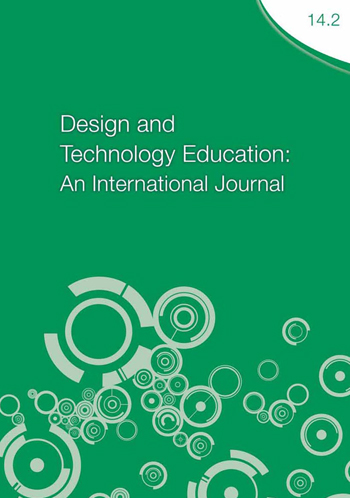Design and Craft Education in Iceland, Pedagogical Background and Development: A literature review
DOI:
https://doi.org/10.24377/DTEIJ.article2281Keywords:
pedagogy, craft, pedagogical craft, Sloyd, Iceland, Cygnaeus, Salomon, Thorarinsson, Design and Craft, technology education, Innovation Education, national curriculumAbstract
Sloyd pedagogy was introduced towards the close of the18th century to Icelandic educators. Subsequently craft was established as a specific subject aimed at general education. In the beginning craft was called “school industry,” to distinguish it from “home industry” whose aim was to help homes to be self-sufficient for commercial purposes. Different curricula focusing mainly on craft were developed until 1999 when craft was re-established as a new technological subject, based on a rationale for technological literacy, innovation and design. The new subject, Design and Craft was influenced by the national curricula of New Zealand, Canada and England and a specific Icelandic model for Innovation Education. Designand Craft education is compulsory for all grades 1-8 (ages 6-13), but optional for grades 9-10 (ages14-15). In th new subject students base their idea generation and design on authentic problems and make their artefacts from resistant materials. They design systems based on electronic circuits, mechanisms, pneumatics and structures. In this article the authors describe the pedagogical background of the subject and the curriculum development.
Downloads
Published
Issue
Section
License

This work is licensed under a Creative Commons Attribution 4.0 International License.
Authors who publish with this journal agree to the following terms:
Authors retain copyright and grant the journal right of first publication with the work simultaneously licensed under a Creative Commons Attribution License that allows others to share the work with an acknowledgement of the work's authorship and initial publication in this journal.
Authors are able to enter into separate, additional contractual arrangements for the non-exclusive distribution of the journal's published version of the work (e.g., post it to an institutional repository or publish it in a book), with an acknowledgement of its initial publication in this journal.



